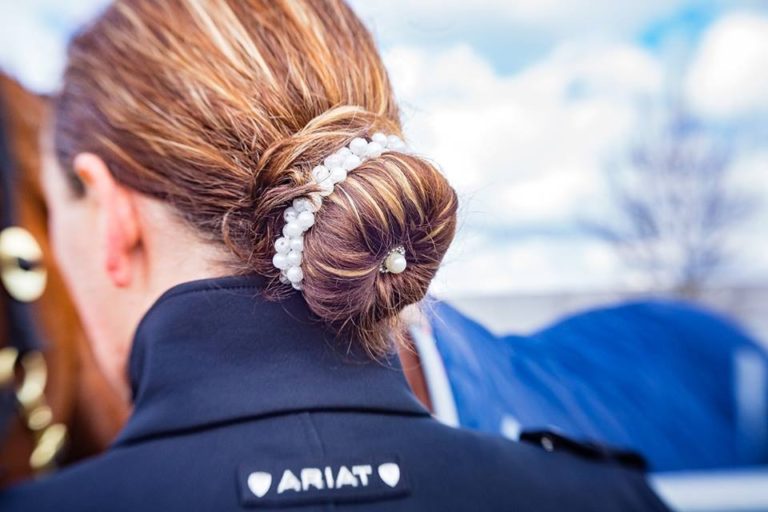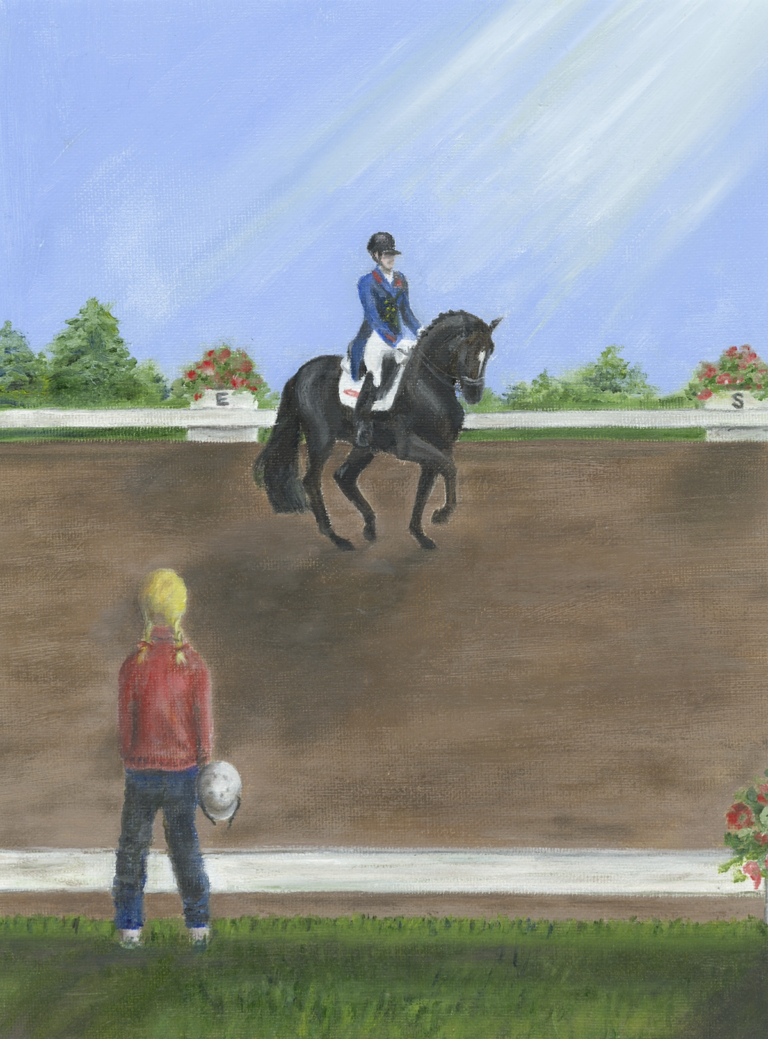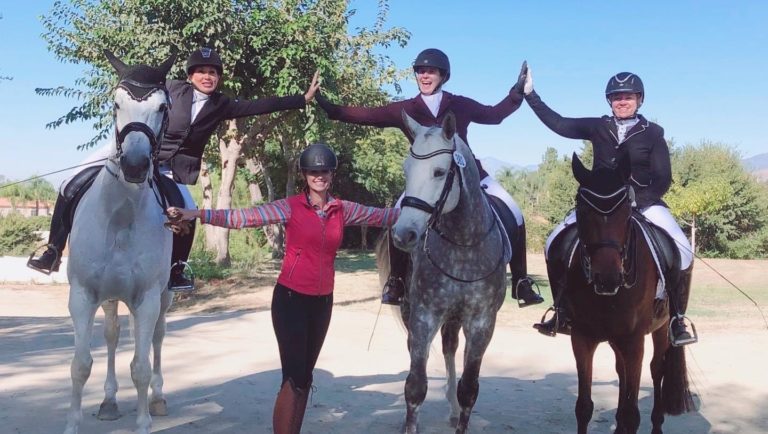I have never been skydiving and have absolutely no desire to ever jump out of what my father, a fighter pilot in the Air Force, would call a “perfectly good” plane. There are some people who will vehemently agree with my completely rational fear of jumping out of a plane and then there are others who tell me I’m missing the high of a lifetime. While having this discussion at a dinner party, someone compared horseback riding to skydiving in terms of the risk of bodily injury. All of us equestrians laughed so hard that some had to call for clean up of whatever drink was formerly in the mouth that was now all over the floor. It seemed like a dramatic comparison, but it made me pause and think about it, unfortunately.
Horses are inherently dangerous, but if we thought about how dangerous they can be every minute we were with them, we would all be driven crazy and would trade in horses for bicycles. That being said, there’s a balance and we still need to consider how to keep ourselves safe when participating in an equestrian sport.
The best answer to this I have found is excellent decision-making. I met a Grand Prix trainer who was an ER nurse in her former life and when I said that my definition of safety was “excellent decision-making,” she said she couldn’t agree more. She told me that in all of her years in the ER, what she learned was there was no such thing as an accident—just bad decisions with unfortunate results. How do we make excellent decisions? It is a combination of factors and, most importantly, a team effort. Obviously it varies for different people and situations, but there are a few nonnegotiables to always factor in.
The first is your ability level or skill set. How equipped are you to handle whatever situation you are about to encounter? This question is valid in every possible scenario and should be a driver of decision-making for everyone. If you are an Adult Amateur rider with a nagging injury here and a loss of fitness there, should you climb aboard a 17-hand 3-year-old import who resembles a fire-breathing dragon? I hope the answer to that for you was an easy “no.” But our safety becomes threatened when those answers aren’t so clear cut.
This paves the way for factor No. 2: Outcome. What is your goal? And what is worth risking for that result? A joke I make in clinics is, “No one is Paul Revere. The British will not win tomorrow if we don’t ride today!” This is a simple way of reminding us all to connect with reality before putting a foot in the stirrup. Sometimes we get so hyper focused on the goal that we forget to focus on the process to get there.
No. 3 is team. Riding is ultimately a team sport even though you can feel very alone up there at times. Your horse is the second being to consider after yourself. Ask questions about your horse’s ability and how his skill set might influence safety for the both of you. We ask a lot of our horses and sometimes we do so without giving enough consideration to their own comfort zone. I watch humans squirm at the mention of change or stepping outside a comfort zone. Did you know that people actually have a part of the brain devoted to processing just that? Horses do not so we must guide them through that process to keep everyone safe. And don’t forget the rest of your team, like your trainer and your vet. If you are not in the best place mentally, emotionally or physically to make excellent decisions, lean on someone else to help you.
Lastly, when you’re in a situation that requires clear thinking, breathe! When you breathe, especially with a slow and intentional exhalation, it helps return your body to a better mental, physical and emotional state. Exhaling brings the body down from excitement and helps return the mind to its user. If your mind is available for consultation, only then is excellent decision-making possible.
As equestrians, we often don’t even think about working with horses as a risk. It is simply a way of life. So don’t dwell on the risk. Just add some consideration to the decisions you make with safety in mind.











